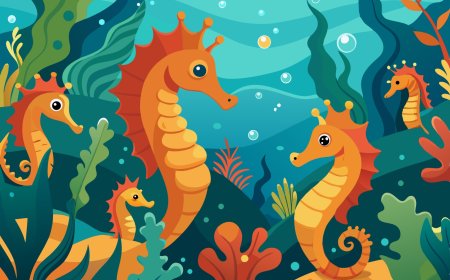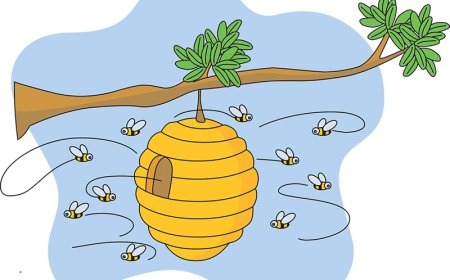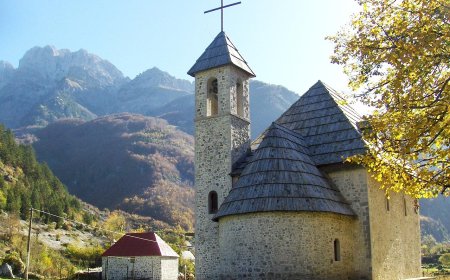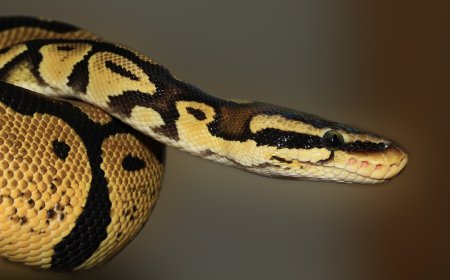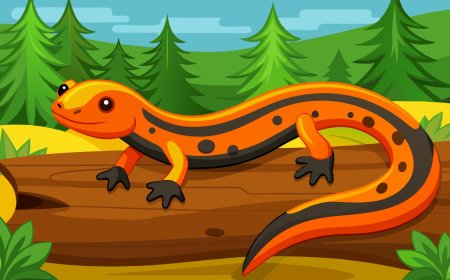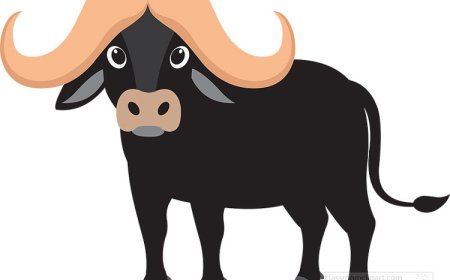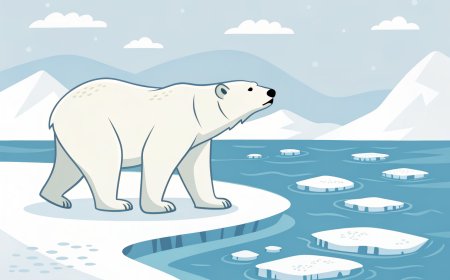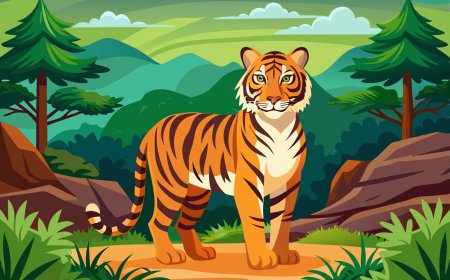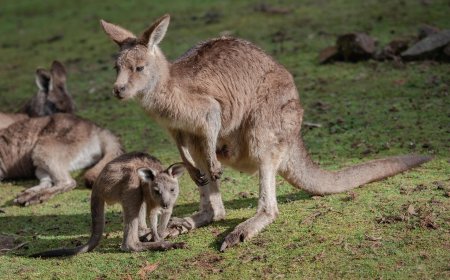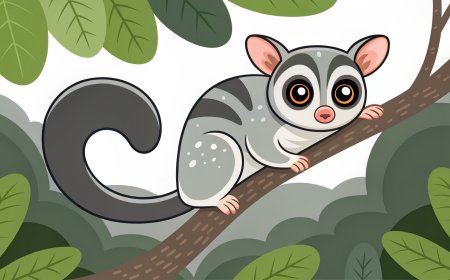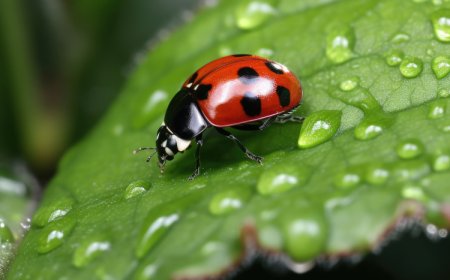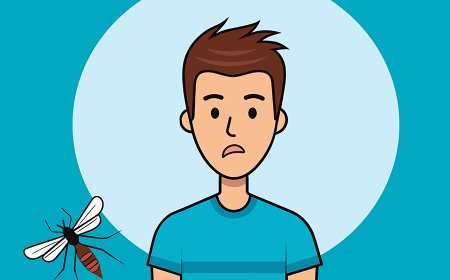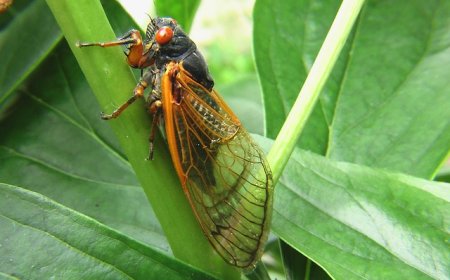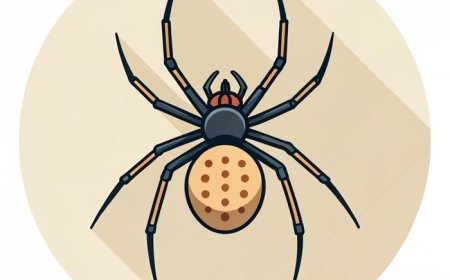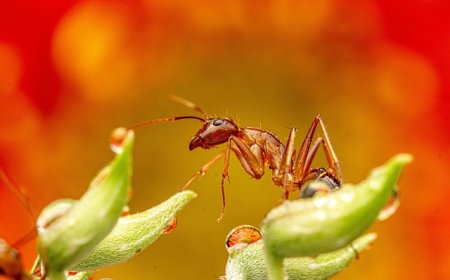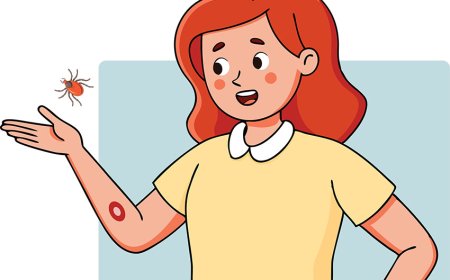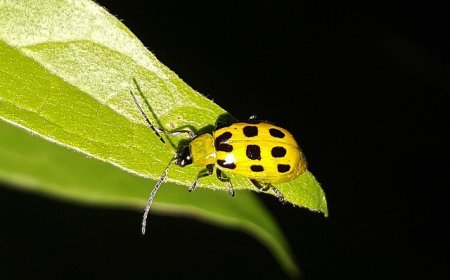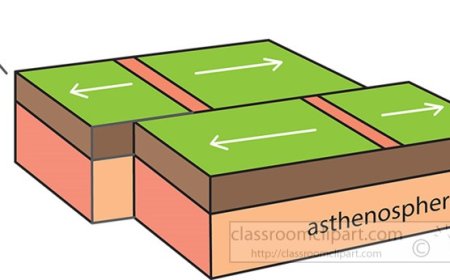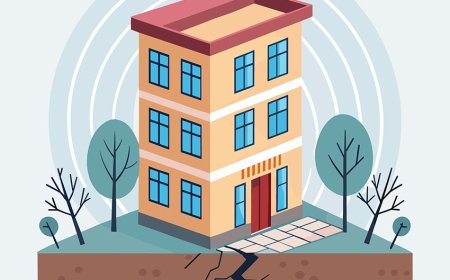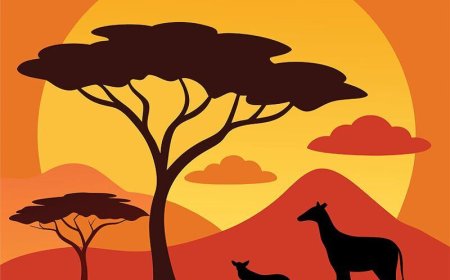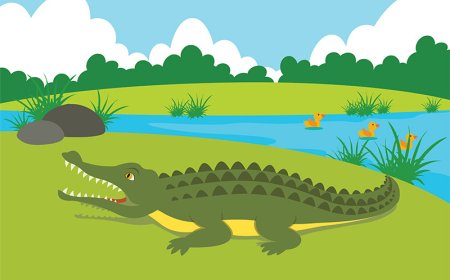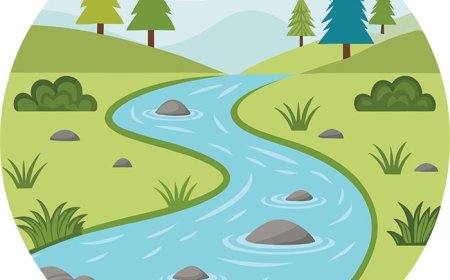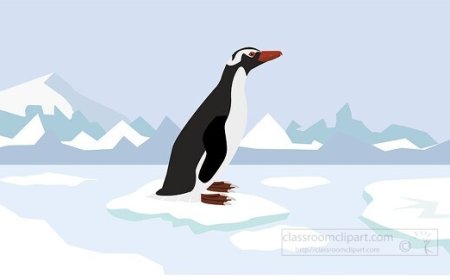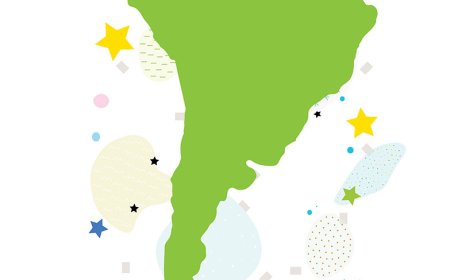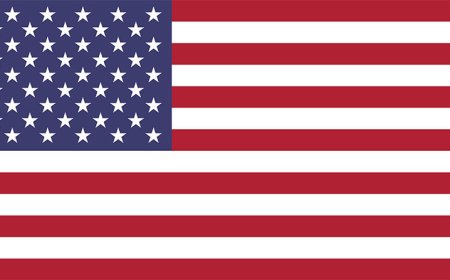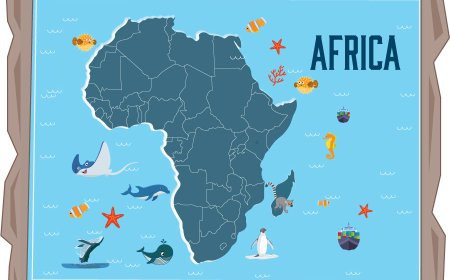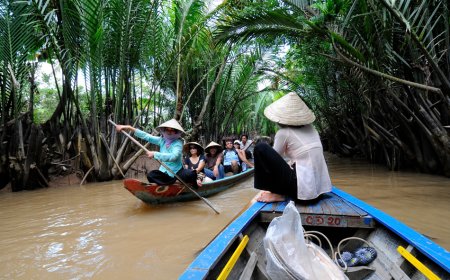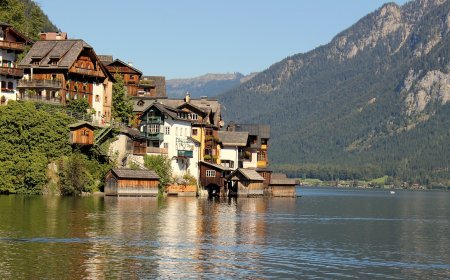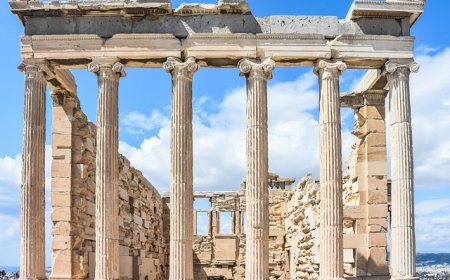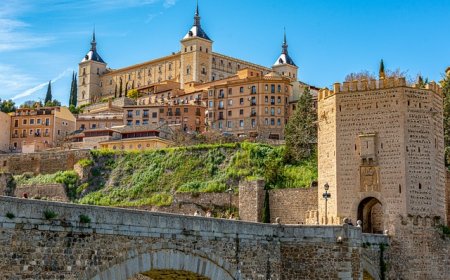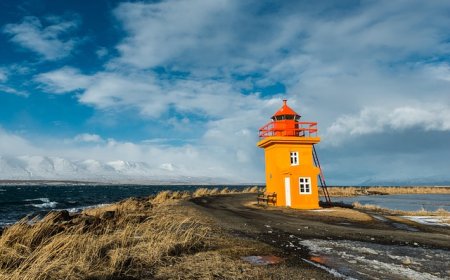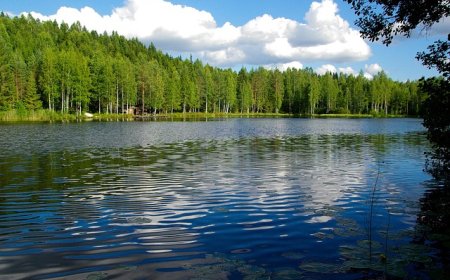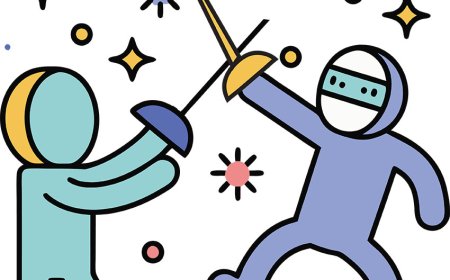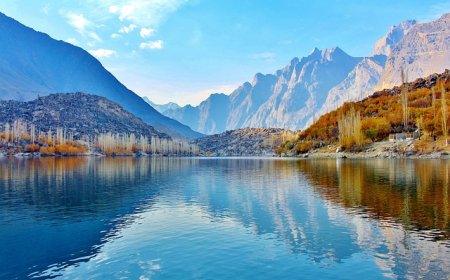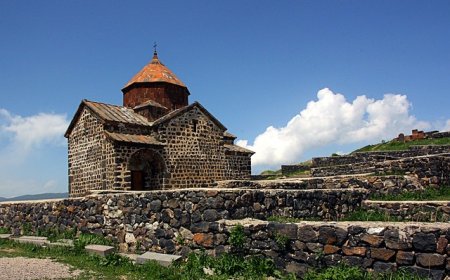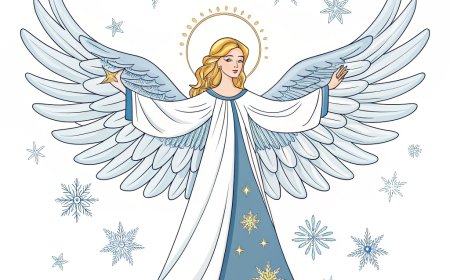Earth Day History Traditions and Fun Facts for Students
Learn the history traditions and fun facts of Earth Day in this student guide exploring environmental action conservation and global celebrations
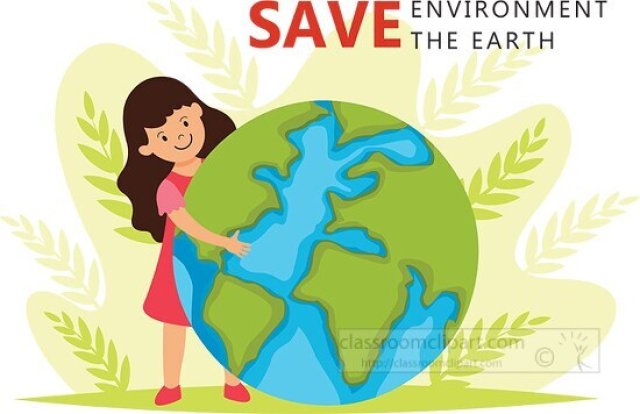
🌱 Introduction
Every April 22, millions of people around the world celebrate Earth Day by planting trees, cleaning parks, and learning about how to protect the planet. It's a day to remember that Earth is our shared home - and that it needs our care to stay healthy for future generations.
Earth Day began over 50 years ago as a movement to raise awareness about pollution and environmental problems. Today, it has grown into a global event involving more than 190 countries. Whether you join a recycling drive, take part in a school cleanup, or simply turn off unused lights, Earth Day is all about making choices that help our planet thrive.
📜 History and Origins
The first Earth Day was held on April 22, 1970, in the United States. It was organized by Senator Gaylord Nelson to get people involved in protecting the environment. Over 20 million Americans took part in rallies, marches, and educational events to speak out against pollution and damage to nature.
Earth Day quickly grew into an international movement. By 1990, more than 140 countries were participating. Today, Earth Day focuses on global challenges such as climate change, deforestation, and plastic pollution - encouraging everyone to take action.
🌿 Traditions and Customs
🌳 Tree Planting
Communities plant trees to improve air quality and provide habitats for animals.
🚮 Cleanup Events
Volunteers remove trash from parks, rivers, and beaches to keep nature clean.
♻️ Recycling Drives
Schools and towns collect cans, bottles, and paper to reduce waste.
📚 Environmental Education
Many schools host lessons, science fairs, and projects about protecting the planet.
🌟 Symbols and Meanings
-
🌍 Planet Earth - Our shared home.
-
🌱 Seedlings - Growth, renewal, and the future.
-
♻️ Recycling Symbol - Reduce, reuse, recycle.
-
☀️ Sun - Energy and life for all living things.
🌍 How It's Celebrated Today
In the United States, events often include planting community gardens and hosting eco-friendly fairs. In India, students march for cleaner streets and rivers. In Brazil, volunteers work to protect the Amazon rainforest. Thanks to the internet, Earth Day has also become a digital movement, with people sharing ideas and pledges to live more sustainably.
💡 Fun Facts
-
🌍 More than 1 billion people take part in Earth Day activities each year.
-
🌳 Trees can absorb up to 48 pounds of carbon dioxide annually.
-
♻️ Recycling one aluminum can saves enough energy to run a TV for three hours.
-
🌱 The official Earth Day theme changes every year to focus on a specific environmental issue.
📚 Vocabulary List
-
Conservation - Protecting and saving natural resources.
-
Pollution - Harmful substances in the air, water, or land.
-
Deforestation - The removal of forests.
-
Climate Change - Long-term changes in Earth's temperature and weather.
-
Sustainable - Using resources without harming the future.
-
Habitat - The home of a plant or animal.
-
Renewable Energy - Power from natural sources like sun and wind.
-
Recycle - To process materials for reuse.
📝 Key Takeaways
-
Earth Day began in 1970 to raise awareness about environmental issues.
-
It's celebrated on April 22 in more than 190 countries.
-
Common activities include planting trees, cleaning up trash, and recycling.
-
Symbols like Earth, trees, and the recycling logo represent care for the planet.
-
Everyone can take part in protecting the environment.
🧠 Interactive Quiz
1. When is Earth Day celebrated?
A) April 1
B) April 15
C) April 22
D) May 1
2. Who founded Earth Day?
A) John Muir
B) Gaylord Nelson
C) Rachel Carson
D) Jane Goodall
3. In what year was the first Earth Day held?
A) 1960
B) 1970
C) 1980
D) 1990
4. How many people take part in Earth Day activities each year?
A) 1 million
B) 10 million
C) 100 million
D) 1 billion
5. What does the recycling symbol represent?
A) Reduce, reuse, recycle
B) Plant more trees
C) Clean the oceans
D) Use solar energy
6. Which of these is a renewable energy source?
A) Coal
B) Oil
C) Wind
D) Gas
7. What is deforestation?
A) Planting more trees
B) Removing forests
C) Cleaning up a park
D) Protecting wildlife
8. Recycling one aluminum can saves enough energy to…
A) Run a TV for three hours
B) Cook dinner for a family
C) Heat a room for one day
D) Power a light for one minute

